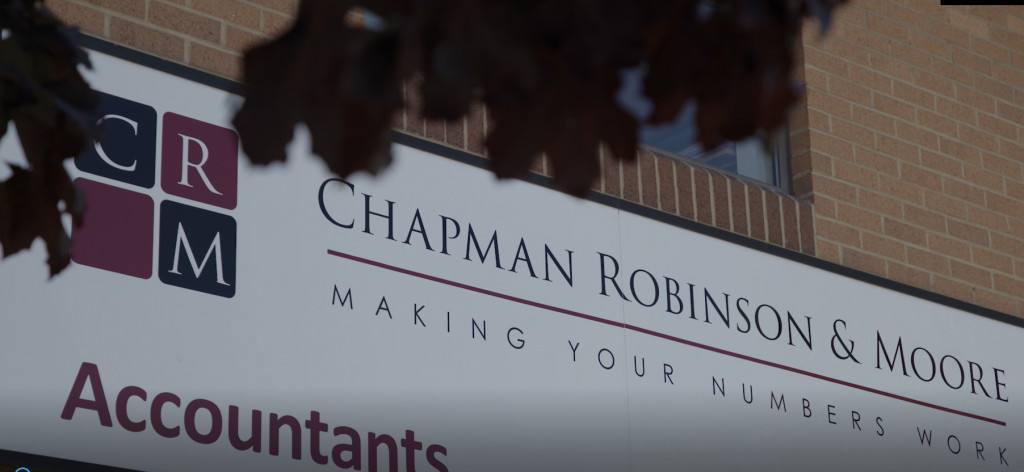ARTICLE
The benefits of energy efficiency improvements for businesses
There are three key benefits for SMEs who choose to make energy efficiency improvements to their buildings: cost savings, carbon savings, and an improved working environment.
Making energy improvements to their buildings and premises brings benefits for businesses in three key areas: cost savings, carbon savings, and improved comfort.
Cost savings
For any business it is important to minimise running costs, and energy bills make a significant contribution to this. Much of the energy we use in our workplaces is wasted due to inefficiencies allowing energy to be lost, meaning we are paying for energy that we don’t actually use.
Therefore, improving the energy efficiency of your buildings is a simple way to reduce ongoing running costs – and the savings you make can help to cover the upfront costs of any building work and installations in the long term.
The average SME could reduce energy bills by 18-25% by making energy improvements
Carbon savings – and an added boost to reputation
Often, when we discuss the need for businesses to take action on climate change, we think of large, multinational corporations. These companies, without a doubt, have a duty to make changes. But we should also remember that Small and Medium-sized enterprises (SMEs) make up around 90% of businesses worldwide, and so they have a significant combined power to reduce the environmental impact of business – including the energy used and wasted in their buildings.
Every time we use energy, we are responsible for the carbon emissions this energy produces. The more energy efficient your buildings the less energy is used, and so the less carbon emissions your organisation is responsible for. So by working on energy efficiency you can ensure that you’re playing your part to confront the climate crisis.
Plus, you could even gain an Energy Pioneer Award (awarded by Energy Solutions Oxfordshire) to quantify and prove the improvements you’ve made and your organisation’s commitment to sustainability – building your environmental credibility amongst staff, clients, suppliers, and stakeholders.
An improved working environment
A workplace that is not energy efficient is also likely uncomfortable for staff, customers, and visitors – hot with limited airflow during the summer and cold and draughty in the winter months. Improving a building’s energy efficiency and reducing energy loss makes it easy to keep your premises at a comfortable temperature all year round.
Aside from temperature, other energy efficiency measures will also improve the comfort of your premises. Improving lighting, for instance, can make a huge difference to the working environment. Installing a controlled ventilation system will ensure air inside the building stays healthy (more important now than ever!) and the risk of damp and mould is reduced.
Case study: Chapman Robinson & Moore
Chapman Robinson & Moore is an accountancy business housed in a 1990s office building on a small business park in Kidlington. They explored energy efficiency improvements with the primary motivation of reducing the carbon footprint of the business.
Their key improvement was to replace their inefficient night storage heaters with Air Source Heat Pumps, a low carbon heating system – alongside smaller measures such as replacing their front door, repairing windows, and draught-proofing windows and doors.
19,062 kWh
predicted annual energy savings
7.86 tonnes
predicted annual carbon savings
£1,916
predicted annual cost savings
The benefits for Chapman Robinson & Moore were clear, with recommendations offering a predicted 19,062 kWh annual energy saving – representing 7.86 tonnes of carbon emissions and £1,916 of energy bills saved every year.
Alongside this, employees have also noticed a significant improvement in comfort, with the heat pumps combined heating and cooling ability ensuring that the office stays warm in the winter and cool in the summer.

Thanks for reading!
Energy Solutions Oxfordshire is a complete energy efficiency service, helping organisations lower their energy use, while saving time and money. Get started by filling out our online survey to get a free Desktop Diagnosis Report for your organisation.
Did you like what you read?
Then share this page with a colleague to keep the
conversation going and spark new ideas.
You might also like…

ESOx joins Carbon Monsters event in April

Government financial support for businesses

Energy efficiency barriers costing businesses £720m in potential cost savings




